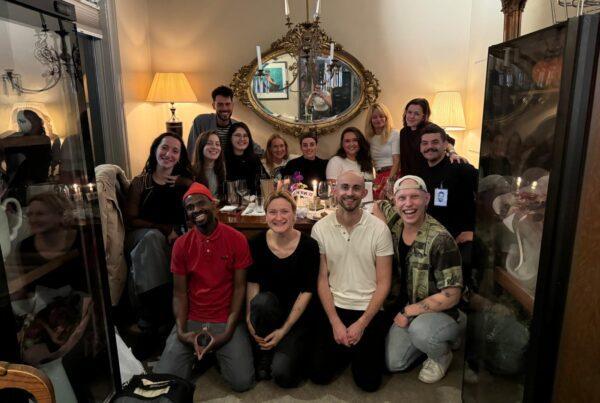September 12-16, 2017
Save the date!
SAND International Festival is an investigating and explorative festival which is programmed with basis in a theme. The working title for the 2017 edition of the festival is “On the run”. The 2017 festival focus is the ongoing refugee crisis and how this situation affects our lives and society, and social challenges in the lives of children and young people.
Art and society are tied together in a closely knit web. Historically art has, alongside science and philosophy, contributed in considerable extent to human knowledge and insight. It provides a place in which we can come to a founding realization of who we are and how we want to be towards ourselves and others. The process is also reverse: Society and the aspects that throughout the ages have put their mark on it, have always nurtured inspiration and creativity for artists and the art they create. Therefore, artists are able, through the aesthetic means they have at hand, to give us another entryway to reflect upon the society in which we live.
Art can create a space for reflection, personal processing and cognition. Art can function as a contrast to the society around us – it can provoke and challenge established conventions. Art can also provide a meeting place for us humans.
During the festival week, we seek to challenge the relationship between performing arts and society, with a specific focus on the relationship between performing arts and children and young people, through performances, seminars, and workshops. We want to open up for debating questions like: Which children and young people are depicted on stage? Whose stories are presented for children and young people on the contemporary scene in Norway? And who are able to participate in the public debate, both through art and via other channels? How can art become a meeting place for different cultures? And what happens with art as a result? What is political theatre for children and young people? How far can, or should, art stretch to control, inform, and manipulate a young audience? What ethical and moral responsibilities rest on artists in the meeting with a young audience? How can art contribute to personal processing and cognition, especially for the young? And what does that do with our and the children’s understanding of art?





